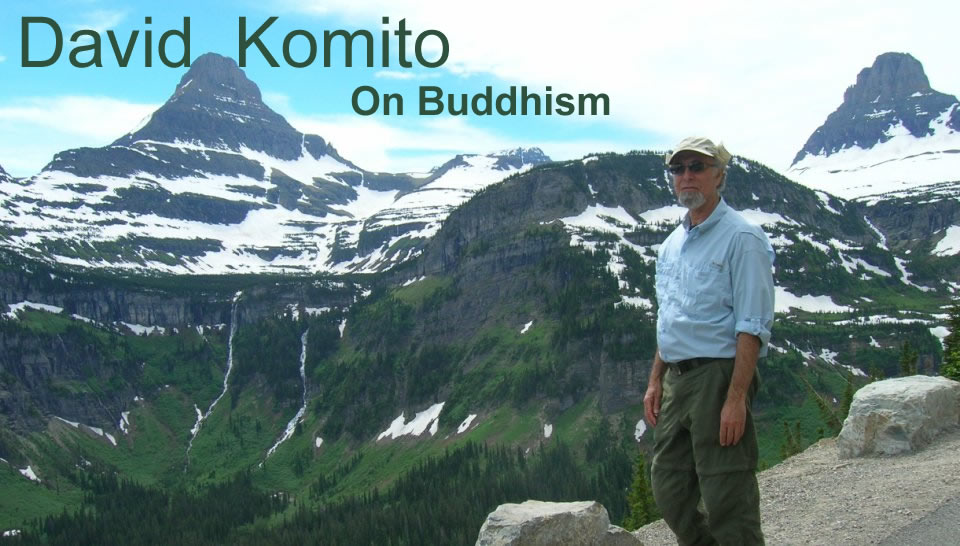It would be difficult
to share much about the teachings I received from Rinpoche over the years I was
his disciple. In many cases he taught in response to a specific question, so the character of the answer and its importance derived from how it related to a specific situation in my development. These teachings would be difficult to communicate. But two things stand out, however, which I think I can share. One was a comment he made during an initiation and teachings on the Ghuyasamaja Tantra and the
second was the answer to a question I asked about the attainment of Manjushri.
The Guhyasamaja
teachings took place in Garrison New York.
Toward the end of the week Rinpoche thanked the sponsors of the
event. He told the assembled audience
that we would all be in his circle of disciples when he became enlightened, and
that the sponsors would be in the inner circle. As the years have passed and I
have contemplated this statement it has integrated itself with my practice of
guru yoga. The image that developed in
my mind is that of luminous planets circling the sun, with myself and the other
disciples as the planets and Rinpoche as the sun. And the sun, of course, is in
a circle of suns around another center: the galaxy of lamas and realized beings
circling the Buddha. And of course there
are many Buddha galaxies spinning through our vast Buddha field.
Sometimes when I feel
Rinpoche’s presence I experience this limitless cloud of light beings around
light beings. In essence, we are all bodhisattvas sitting together. This is something I understand from the
answer he gave to a question I asked one day when Kayla and I were living at
the Namgyal Monastery guest house. We are all practicing the same
visualization, I commented, and as Tara Rinpoche had taught, on that basis we
will become enlightened in that form. Since Tara Rinpoche and Locho Rinpoche and Kayla and I all
practice Manjushri, when we are enlightened we will have the form of that
bodhisattva. So my question was, more or less, will we be the same Manjushri at
that point or different Manjushris? He said that we would be different
Manjushris in the sense that each of us had our own mind stream which had become
enlightened, but the same in the sense that we were Manjushri. All of the same Manjushri taste, as the
Tibetans say.
Both the same
Manjushri and different Manjushris. This
may defy logic, but if one thinks metaphorically one can recognize how it can
be true. So my meditation is one of galaxies of Manjushri bodhisattva stars
circling each other. This is how I
practice the presence of the lineage of lamas from Shakyamuni Buddha through
Nagarjuna, Atisha and Tsongkhapa right down to the Dalai Lama, Tara Rinpoche,
Locho Rinpoche and, finally, myself. David,
finally at home -- sitting in a universe of buddhas and bodhisattvas.



